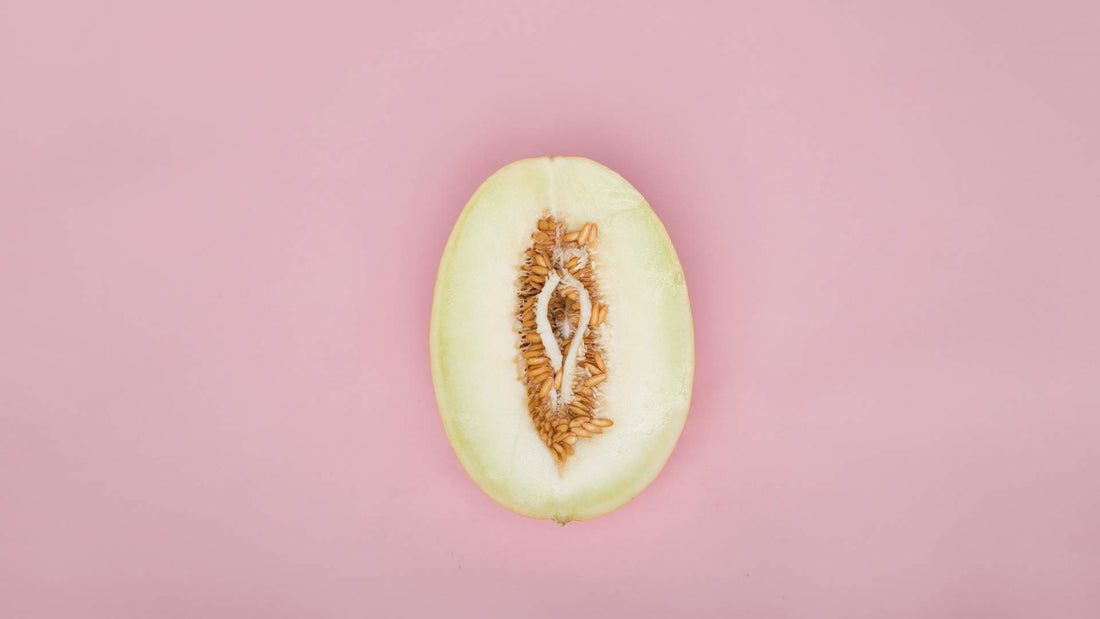At menopause, many women experience vaginal changes including dryness, shortening and tightening. This is perfectly normal, and for most women, very manageable, too. You may need to make a few small, practical changes, but there’s no need to feel embarrassed or uncomfortable.
In this short video, our Consultant Gynecologist Anne Henderson explains why changes like vaginal dryness and vaginal atrophy occur, what help is available, and what you should – and shouldn’t – be doing to treat your menopausal vagina with care.
Prefer to read? Here’s the text version of Anne’s video
What is vaginal dryness?
Vaginal dryness is a sensation of discomfort and lack of lubrication that women can experience particularly around the time of the menopause. It can vary from woman to woman. Sometimes it is cyclical, particularly in the years leading up to the menopause, and it may become particularly severe just before a period. But as women get older it can become more persistent and it can be present throughout the month.
You may simply experience a lack of lubrication – exactly as dryness would sound – but equally likely, you may experience problems with burning, itching, irritation and discomfort on a day to day basis, or with intercourse.
Here are products supporting vaginal health.
Why does it happen?
The most common cause is declining estrogen levels in the perimenopause and menopause. Eestrogen is responsible for vaginal lubrication from the cervix and from the vaginal glands. And once the levels start to drop it’s a simple equation… vaginal lubrication falls.
How can vaginal dryness be treated or managed?
There are two approaches, that can be combined. The first is hormonal and the second is non-hormonal and self-help.
Hormones and vaginal dryness – how HT can help
If we look at the hormonal option first that falls two categories: local estrogen – that’s estrogen that is delivered into the vagina and surrounding tissues and systemic estrogen which goes into the body orally and then reaches the vagina through your body. Both are excellent treatment options for vaginal dryness and they address the core issue of the lack of estrogen.
Self-help and non-hormonal options
This certainly is a lot that women can do to help herself. And when I first see a woman complaining of this type of problem there is a list of things I tell her to stop doing before we start anything else.
Considering your hygiene routine and product choices
Look at your products and how you wash – do you use other products in the vaginal area such as lubricants or deodorants that might cause irritation? Be very careful with what you use:
-
- Check the labels
- Use organic wherever possible
- Avoid anything that contains parabens, colorings and fragrances.
How to cleanse your vagina gently
I would always recommend – on a daily basis – that women shower rather than bathe. The odd bath is fine, but I wouldn’t recommend it daily for hygienic cleansing.
It’s a myth that women need cleaning products in the vaginal area. The vagina is self cleansing. It’s naturally healthy, and simple warm water is all that’s required for example from a handheld shower within the shower itself.
If women wish to use an additional product then sometimes the simplest products are the best things like emulsifying ointment, anything with colloidal oatmeal or something like Diprobase, all of which are safe to use even with skin conditions like eczema. They are very gentle and perfectly okay to use in the vulval area.
About Anne Henderson
Our fantastic Consultant Gynecologist Anne Henderson has worked within the public and private sectors for 15 years. From running large-scale menopause clinics where she helped hundreds of women access then-pioneering body identical hormones through to working with complementary practitioners to provide truly holistic care, Anne leads the way when it comes to caring, innovative, whole-woman focused practice.
Read Anne’s full biography here.

